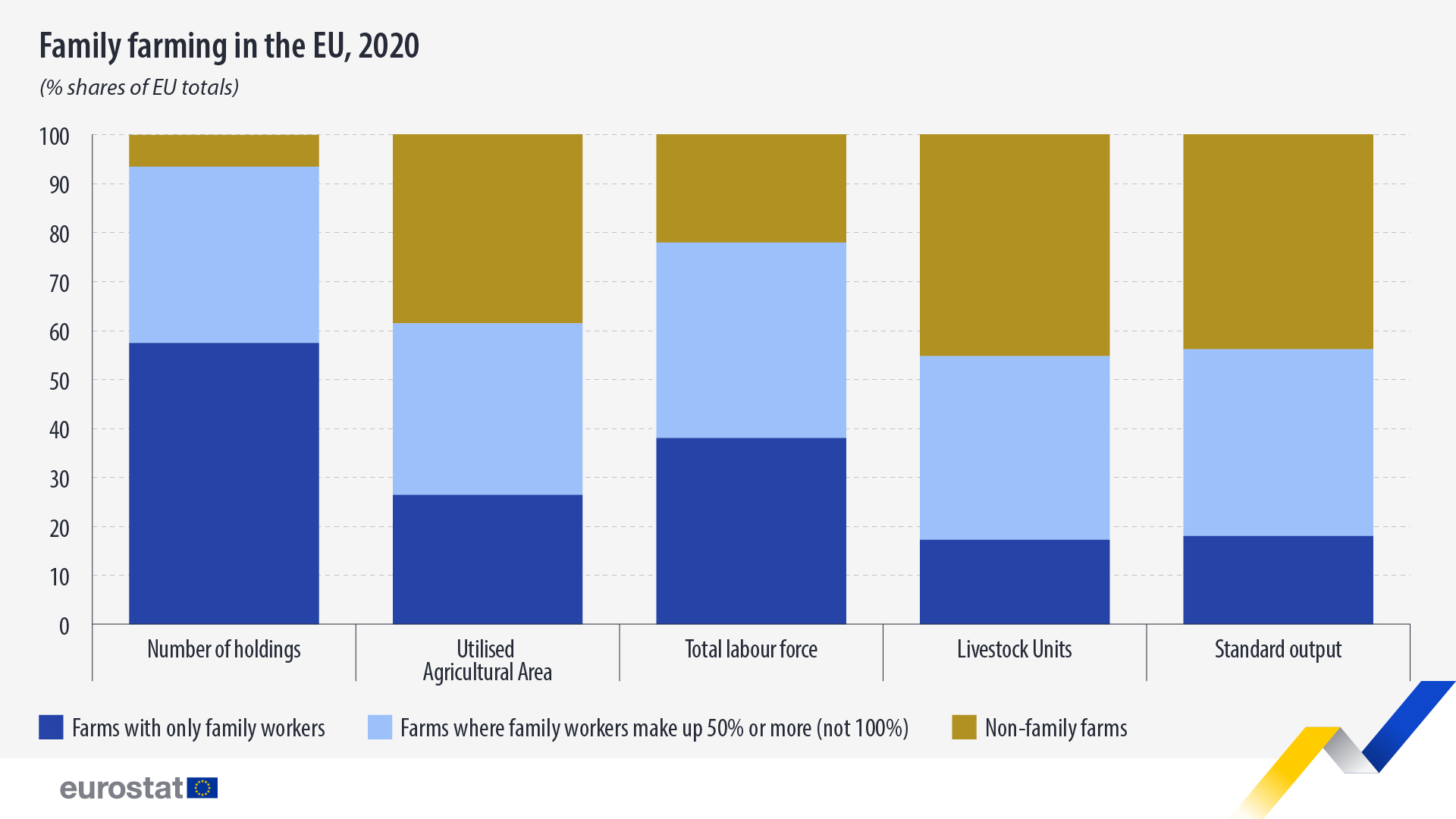In 2022, there were almost 7.3 million female scientists and engineers in the EU, 310 500 more than in 2021, accounting for 41% of total employment in science and engineering.
Statistics
Year-on-year inflation in the OECD, as measured by the Consumer Price Index (CPI), increased from 5.8% in November to 6.0% in December 2023 , after three consecutive months of decreases.
In 2022, the number of battery-only electric passenger cars in the EU countries almost reached 3.0 million, which is a +55% increase compared with 2021 (1.9 million).
In 2023, EU tourism continued to show signs of rebounding from the COVID-19 pandemic.
In 2022, at the EU level, 3.3% of the people in need of medical examinations were not able to receive them due to financial reasons, long waiting lists, or distance.
In 2022, social protection sickness and healthcare expenditure, measured as a percentage of GDP, stood at 8.1% at EU level, reflecting 0.4 percentage points (pp) decrease compared with 2021 (8.5%).
In 2021, the EU had 31 million enterprises, employing 156 million persons. Of that total, 98% (30.3 million) were micro and small enterprises with each employing up to 49 persons.
There were 9.1 million farms in the EU in 2020, the vast majority of which (an estimated 93%) can be classified as family farms (i.e.
The Sustainable Development Goal (SDG) 11 ‘Sustainable cities and communities’ promotes the renewal and planning of cities and other human settlements while offering opportunities for all, with acc
Following a strong increase in energy imports in the EU between 2021 and 2022, the scenario is different in 2023, with imports dropping for the second quarter in a row when compared with the same p









